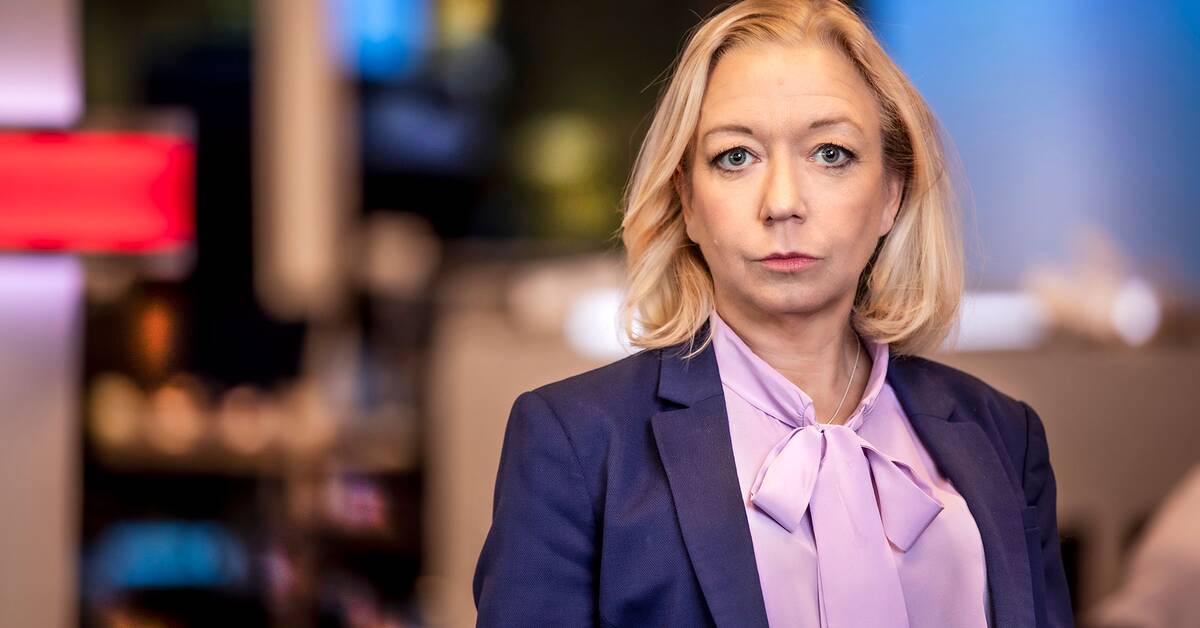That the Social Democrats' ambition is to govern together with the Center Party has been clear ever since Stefan Löfven (S) became party leader.
And after the budget drama of the last few days in the Riksdag, they may have come one step closer to that goal.
By making it completely unique and not voting for its own budget proposal, the government has ensured that the Center Party will give the green light to a pension proposal that has also been negotiated with the Left Party.
And which the Left Party sees as a victory.
An increased guarantee pension was what Nooshi Dadgostar (V) wanted most in order to release Magdalena Andersson (S) as Prime Minister last autumn.
Then the government said no to not challenge the pension group.
Now it becomes a reality - thanks to a settlement with the Center Party.
Long tried to minimize SD's impact
This may seem surprising given Annie Lööf's (C) recurring commitments to keep the so-called outer edges out of influence.
But then you miss the fact that it has always been mainly about one outer edge, namely SD.
Doing what the party can to minimize SD's influence on Swedish politics has defined the Center Party as an idea party and resulted in new voters, mainly women in the big cities.
But after the party first released Magdalena Andersson (S) as prime minister but then dropped her autumn budget, the party has lost to the Social Democrats.
In the latest survey from SVT / Novus, the Center Party gets 5.9 percent, a drop of nearly three percentage points since the election and far from the 20 percent in 2022 that Annie Lööf (C) aimed for as the new party leader.
As always, there are several explanations for a negative opinion development, but it is clear that it would have been extremely difficult for C to act for the second time so that an SD-negotiated budget won in the Riksdag.
This is one of the reasons why the Center Party put so much energy into trying to find a way to avoid choosing between the two pension proposals.
And when the result was presented on Monday, the C-leader justified it with his familiar guiding star:
-This means that there will be minimal influence from the Sweden Democrats.
The party "backseat" the government
With that ruling year, the Center Party's alternatives are limited.
Of course, they will stick to their goal picture of a solution in the "broad middle", but that S and M would enter into a collaboration after the election is even more unrealistic now than it was in 2018.
Therefore, it is likely that the C-leadership will make the following calculation: To "backseat" a government and force it to implement reforms it is actually opposed to is not sustainable.
Then it is better to get all the influence ministerial posts entail.
And as long as the Moderates intend a collaboration with SD, the Social Democrats remain.
There is division within the party
One problem is that such a government will, by all accounts, require some form of collaboration with the Left Party.
Because even if polls show that the Center Party's voters would accept such a solution, it is difficult for the party activists to digest.
Possibly the prospect of ruling could cover the division.
If you also succeed in preventing MPs and Vs from getting ministerial posts and signal that an SC government wants to keep the door open to the right, internal acceptance can increase.
Admittedly, it is not very realistic either, but for a small party that has made calls for cooperation to its mantra, it can work.
No matter what, the past week has shown that the government has tied C closer to itself.
That S, C, V and MP will now vote for the same budget is an important signal for a prime minister whose main Achilles heel is the disagreement in his own team

